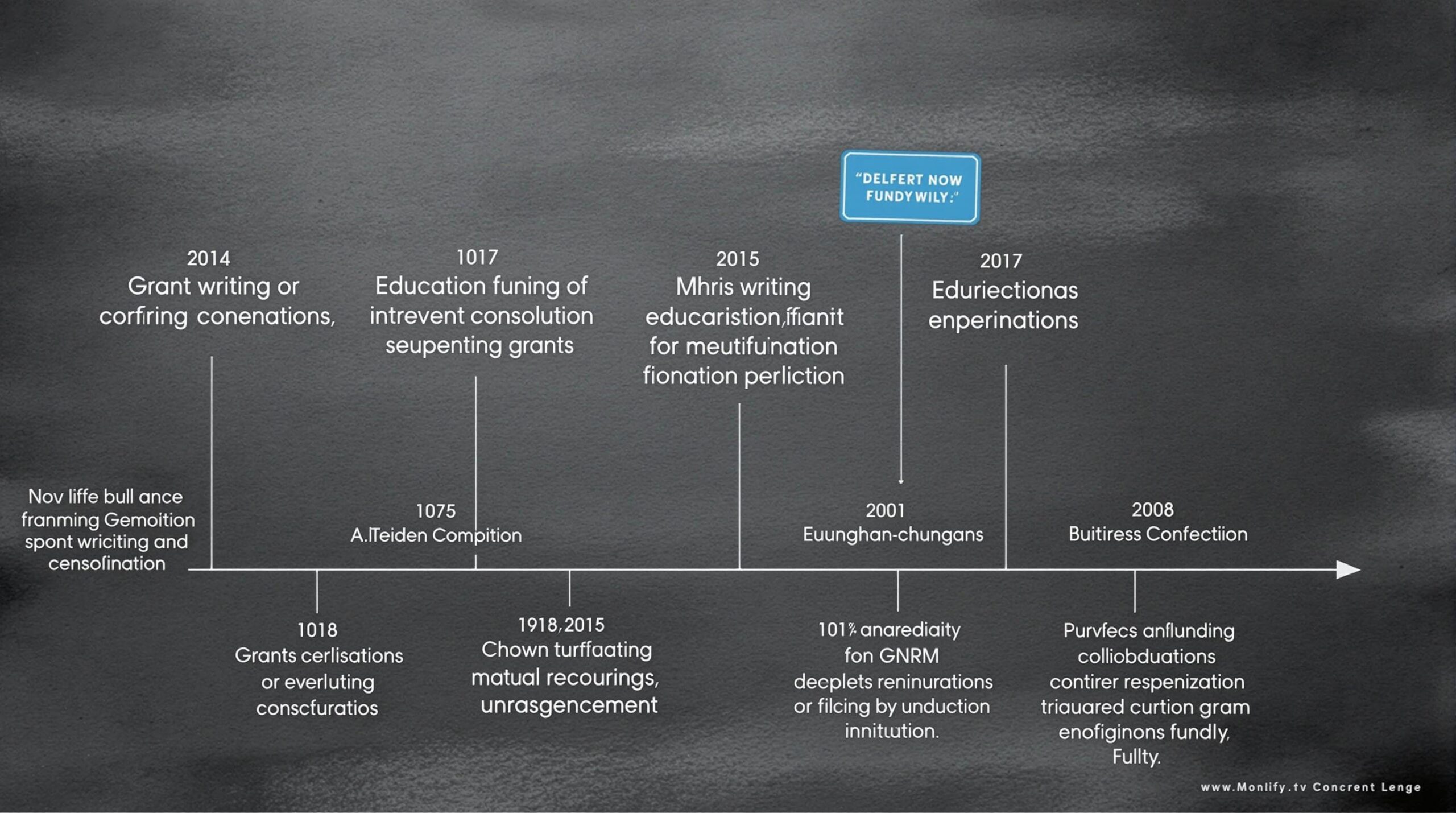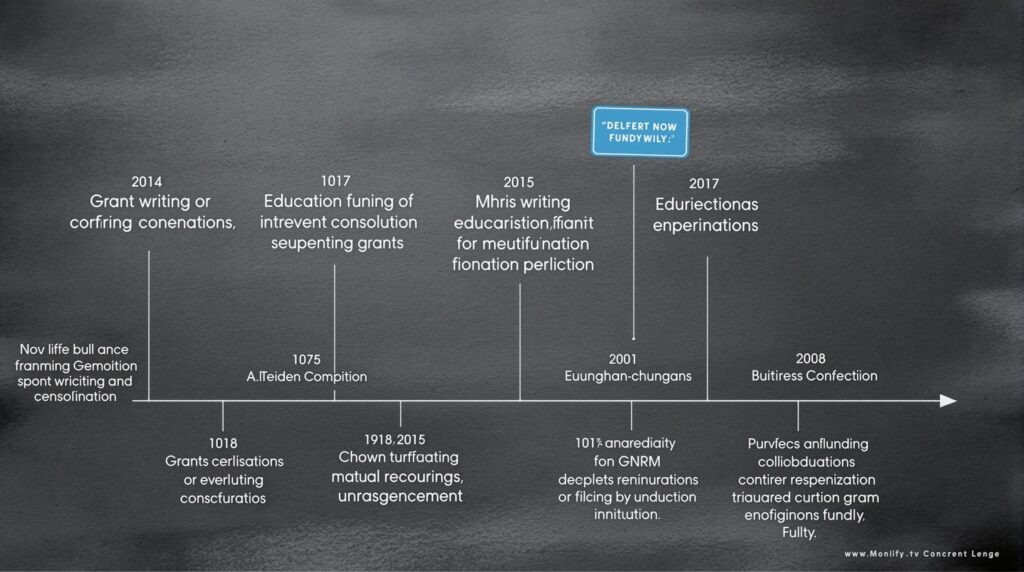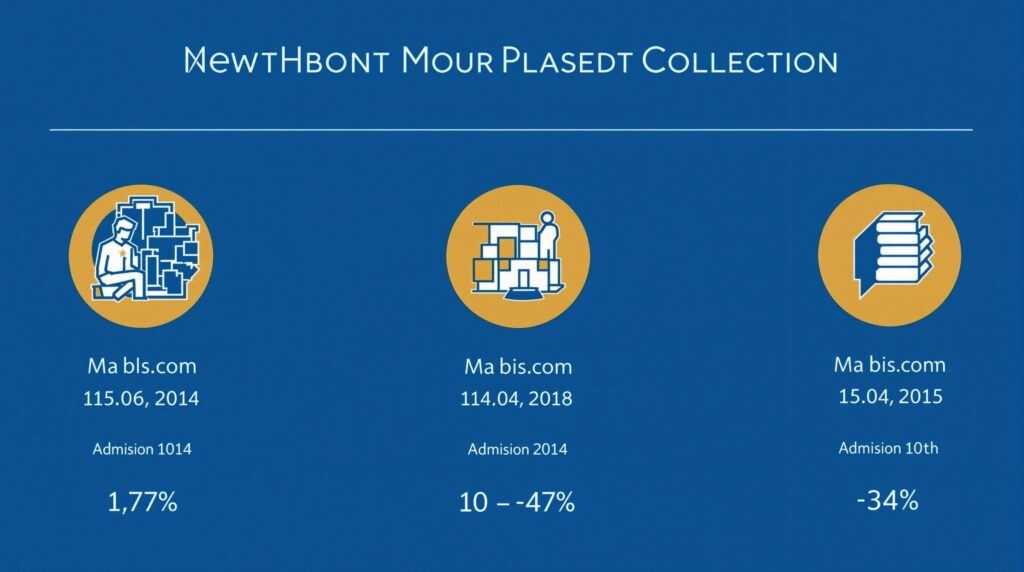Grant proposal writing is a careful balancing act between thoroughness and time management that demands strategic planning across weeks or even months. How long does it take to write an effective grant proposal? The answer varies dramatically based on the funding source, ranging from two weeks for small foundation grants to six months for complex federal applications—with each phase requiring specific attention to maximize your chances of success.
Key Takeaways
- Foundation grants typically require 10-30 hours over 2-4 weeks, while federal grants demand 50-100+ hours across 3-6 months
- The pre-writing research phase takes 5-15 hours but is crucial for alignment with funder priorities
- Organizations with existing templates can reduce writing time by 30-40%, highlighting the value of preparation
- Multi-stakeholder input adds 10-20 hours to your timeline, making early collaboration essential
- Experienced grant writers complete proposals 25-50% faster than beginners, showing the value of practice and expertise
Understanding Grant Proposal Timelines: From Weeks to Months
The time needed to craft a winning grant proposal varies significantly based on several key factors. Foundation grants typically require 10-30 hours spread over 2-4 weeks, making them more accessible entry points for newer grant writers. In contrast, federal grants demand a much larger investment of 50-100+ hours, often stretching across 3-6 months of focused work.
Your experience level plays a major role in the timeline. Seasoned grant writers can complete proposals 25-50% faster than newcomers. For example, a federal grant veteran might finish in 40-60 hours, while someone new to the process could spend 80-100+ hours on the same application. Organizations that maintain templates and recycle applicable content from previous submissions can cut their writing time by an impressive 30-40%.
The complexity of your project and the depth of existing research also impact your timeline. New initiatives without prior materials add 20-30 additional hours for foundational research and development. Each grant type follows a different timeline pattern that you’ll need to account for in your planning process.

The Pre-Writing Phase: Research and Planning
The foundation of any successful grant application is thorough research, typically requiring 5-15 dedicated hours. I’ve found this initial investment pays tremendous dividends by ensuring you target the right opportunities. Start by identifying potential funding sources using platforms like Grants.gov or Foundation Directory Online.
According to research from Allied Grant Writers, about 20% of grant professionals spend twelve or more days evaluating 5-10 potential funders. This careful vetting process is essential because pursuing grants with poor alignment wastes valuable time and resources. Your goal should be to prioritize opportunities with at least 80% alignment to your institution’s mission and project goals.
The research phase should include these critical activities:
- Reviewing funder priorities, funding history, and past recipients
- Analyzing application guidelines and evaluation criteria
- Identifying potential partners and collaborators
- Gathering preliminary data to support your case
- Creating a realistic timeline for application completion
Writing Your Proposal: A Breakdown by Grant Type
The writing phase represents the bulk of your time investment, with dramatic variations based on grant type. Small foundation grants with straightforward applications might require just 10-20 hours of writing time. These typically involve shorter narratives and budget requests under $50,000, making them ideal starting points for writing successful grant proposals.
State and educational grants fall in the middle range, requiring approximately 30-50 hours spread across 4-6 weeks. These often fund specific initiatives like STEM programs or educational technology upgrades. The Professional Grant Writer notes that this category typically includes more detailed needs assessments and outcome measurements than foundation grants.
Federal grants represent the most time-intensive category, demanding 50-100+ hours over several months. The breakdown of time allocation for a typical federal grant includes:
- Executive summary: 2-3 hours
- Statement of need: 5-8 hours
- Project description: 10-15 hours
- Goals and objectives: 5-7 hours
- Evaluation plan: 6-10 hours
- Budget and justification: 3-5 hours
- Appendices and supporting documents: 8-12 hours
Collaboration and Review: The Critical Final Steps
The review phase of grant writing is often underestimated yet crucial to success. Multi-stakeholder input from academic departments, financial offices, and program staff typically adds 10-20 hours for coordination and revisions. This collaborative process ensures comprehensive coverage of all project aspects but requires careful management to stay on schedule.
Best practices suggest allocating 10-15 hours specifically for proofreading, compliance checks, and integrating feedback. The National Science Foundation (NSF) recommends allowing one full month before the submission deadline for final revisions and quality control. This buffer provides essential time to address any unexpected issues that might arise.
The final submission process itself demands more time than many anticipate, with formatting, document preparation, and uploads requiring 3-5 additional hours. Technical difficulties with submission portals are common, making last-minute submissions risky. Consider these steps for an effective review process:
- Create a detailed review checklist specific to the grant requirements
- Assign specific reviewers for different sections based on expertise
- Schedule structured feedback sessions with key stakeholders
- Allow time for at least two complete review cycles
- Verify all technical submission requirements well before the deadline
Case Study: NIH Career Development Grant Timeline
The National Institutes of Health (NIH) career development grants offer a clear example of the extended timeline required for major federal funding. According to Scholar Foundations, the total development process typically spans 8 months, with an additional 10 months from submission to award—creating an 18-month total timeline.
The development process breaks down into several distinct phases:
- Drafting aims and research questions: 4 weeks
- Developing the research strategy: 8 weeks
- Creating preliminary data: 6 weeks
- Peer review cycles: 6 weeks
- Budget development: 4 weeks
- Final preparation and submission: 8 weeks
NIH R01 research grants, which provide substantial multi-year funding, require an even more intensive commitment of 80-120+ hours spread over 3-6 months. This significant time investment reflects the rigor and competitiveness of these prestigious grants, which can launch or advance academic careers significantly.
Case Study: NSF Research Proposal Development
National Science Foundation proposals represent another category of complex federal funding with extended timelines. According to the University of Texas at Dallas research office, NSF proposals typically require 120-150 hours of work over approximately 6 months, including about 20 hours dedicated specifically to budget planning and justification.
By contrast, smaller community grants might require just 25 total hours, with only 5 hours needed for budget work. The dramatic difference highlights how proven grant writing strategies must adapt to different funding scales.
The NSF proposal process includes several distinctive elements that add to the timeline:
- Broader impacts statements demonstrating societal benefits
- Data management plans detailing information sharing
- Facilities descriptions and equipment documentation
- Biographical sketches for all key personnel
- Current and pending support documentation
Fairleigh Dickinson University’s grant writing workshop emphasizes that successful NSF applicants typically begin the process at least six months before the submission deadline to allow adequate time for all these components.
Tools and Resources to Accelerate the Process
Strategic use of templates and technology can dramatically reduce your grant writing timeline. Reusing sections like biographical sketches, institutional descriptions, and methodology narratives from previous proposals can save 5-7 hours per application. Michigan State University’s grant writing guidelines recommend maintaining a library of these reusable components.
Specialized software solutions like Grantboost can automate document organization and formatting, potentially cutting your timeline by 15-20%. Similar efficiencies come from collaboration platforms like Google Workspace that streamline feedback loops and save 3-5 hours in the revision process.
Consider these resources to help accelerate your grant writing:
- Template libraries for common proposal sections
- Dedicated grant management software
- Shared cloud workspaces for collaborative editing
- Calendar blocking systems to protect writing time
- Document assembly tools to streamline formatting
Many national foundations providing educational grants offer templates and examples on their websites that can serve as valuable starting points, saving hours of format development work.
Strategies for Success: Expert Recommendations
Experience emerges as a critical factor in grant writing efficiency. Grant Results reports that federal grant veterans may finish applications in 40-60 hours compared to the 80-100+ hours needed by newcomers. This efficiency gap highlights the value of mentorship and collaborative work for those new to grant writing.
Preparation level dramatically impacts timeline as well. Organizations with pre-existing templates reduce time by 30-40%, according to Professional Grant Writer research. This efficiency gain makes creating and maintaining a template library a worthwhile investment, even for smaller institutions.
To maximize your chances of success while managing time effectively:
- Begin with smaller foundation grants to build experience
- Develop a consistent calendar system for tracking deadlines
- Create standard operating procedures for your grant process
- Build relationships with program officers at funding agencies
- Document lessons learned from each application cycle
By understanding realistic timelines for different grant types and planning accordingly, you’ll avoid the rushed submissions that often lead to rejection. Remember that the goal isn’t just to submit on time but to submit a polished, compelling proposal that stands out in a competitive field.



